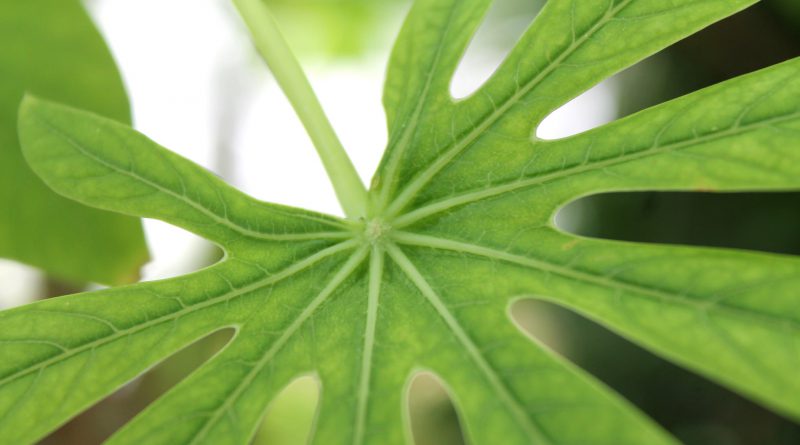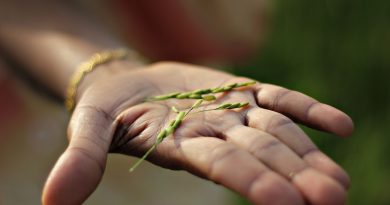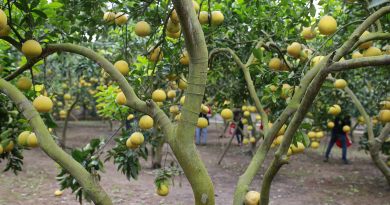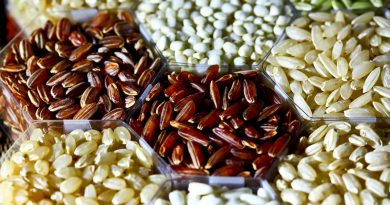Morphological characterization and classification of cassava (Manihot esculenta Crantz) in Vietnam
The aim of this study was to establish the morphological basis for the classification of major cassava cultivars Manihot esculenta Crantz planted in Vietnam. Twenty typical descriptors were observed in various specific growth stages. Four traits related to mature leaves and two traits related to leaf veins were detected were detected in cassava plant after the 4-month stage. At the same time, 12 root- and stem-related descriptors were collected in cassava plants from 8-months to harvest. We found that two traits in the apical leaves can be observed in every growth stage. A classification tree based on these traits was constructed with 6 essential morphological descriptors to recognize the 7 most common cassava cultivars in Vietnam. KM 140 variety is distinguished by purplish-red in apical leaves, while KM 98-7 can be classified with straight or linear shapes of central leaflet. The irregular orientation of the petiole is a unique descriptor of local cultivar XVP. In the case of SM 937-26, weak foliar scars are observed. Finally, KM 94, KM 419, and KM 98-5 varieties can be classified by the color of the stem epidermis. These morphological descriptors will be a foundation to classify all cassava varieties planted in Vietnam.
Keywords: Manihot esculenta, cassava, descriptor, phenotype, plant morphology.
Citation: Chu Duc Ha, Le Thi Ngoc Quynh, Nguyen Trong Hien, Pham Thi Ly Thu, Le Huy Ham, Le Tien Dung, 2016. Morphological characterization and classification of cassava (Manihot esculenta Crantz) in Vietnam. Tap chi Sinh hoc, 38(3): 344-351. DOI: 10.15625/0866-7160/v38n3.7570.
Full paper: here



